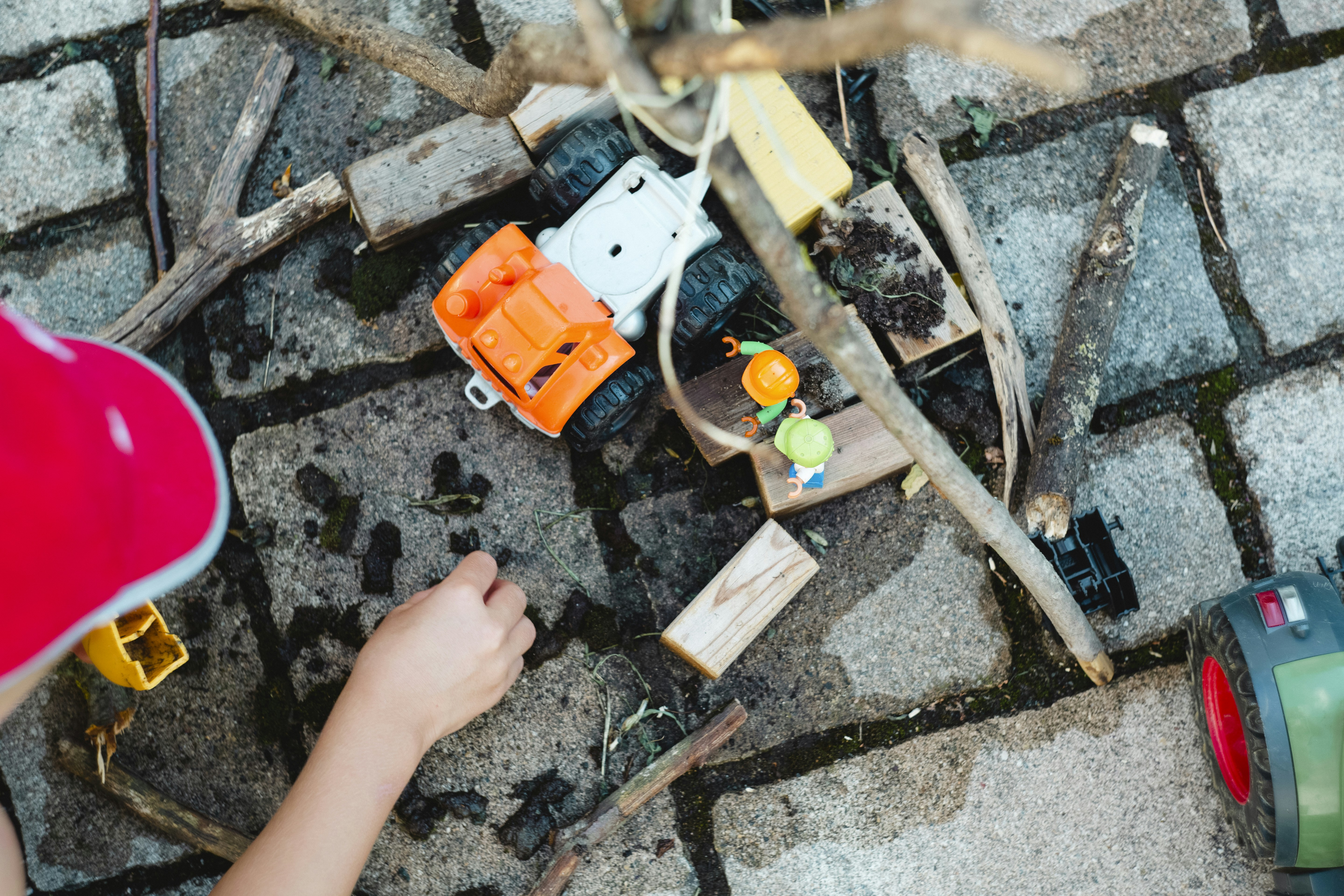
Introduction to LEGO
LEGO is more than just a popular toy; it is a powerful tool for creativity and imagination. Since its inception in 1932, LEGO has captivated the hearts of children and adults alike, allowing them to build intricate structures and unique designs. The colorful bricks have inspired millions to explore their artistic abilities and problem-solving skills.
The Benefits of Playing with LEGO
Playing with LEGO bricks offers numerous benefits beyond mere entertainment. It fosters creativity, as builders can construct anything from simple shapes to complex models. Moreover, it enhances fine motor skills and hand-eye coordination, making it an educational tool disguised as a toy. Children learn to think critically and work through challenges, developing important life skills in the process.
LEGO in the Modern Age
In recent years, LEGO has embraced technology, introducing sets that combine building with robotics and coding. These innovations provide a broader spectrum of learning experiences, making LEGO a relevant choice for educational purposes across various age groups. Additionally, adult fans of LEGO (AFOLs) have emerged, participating in collaborative projects and sharing their creations online.
In conclusion, LEGO continues to hold a special place in the hearts of many individuals. It is a versatile medium that nurtures creativity, enhances learning, and brings people together, making it an enduring legacy in the world of toys.
